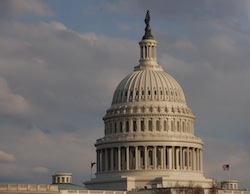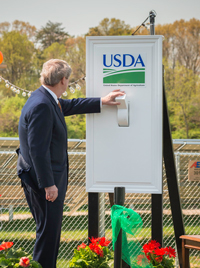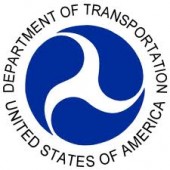 The world’s largest renewable fuels consulting group is expanding its team. Lee Enterprises Consulting has added five new engineers and two additional Ph.D’s to its worldwide team of experts. The company says it is also dividing itself into four internal teams to handle biodiesel, ethanol, emerging technologies and solar/wind projects.
The world’s largest renewable fuels consulting group is expanding its team. Lee Enterprises Consulting has added five new engineers and two additional Ph.D’s to its worldwide team of experts. The company says it is also dividing itself into four internal teams to handle biodiesel, ethanol, emerging technologies and solar/wind projects.
“As the world’s largest consulting group of its kind, we have experts in virtually every area of alternative and renewable fuels”, says CEO Wayne Lee. He notes that the company has now grown to over fifty consultants, and has reached a point where each of these core businesses needed its own dedicated leadership. “[Dr. Gerald Kutney, who will lead the Emerging Technologies Team] is an imminently qualified expert, and his knowledge in the fields of pyrolysis, waste-to-energy (WTE), forestry bioenery/bioproducts, gasification and emerging technologies made him the perfect choice to lead the Emerging Technologies Team,” said Lee. “Likewise, [new Solar/Wind Team lead] Bob Parkins is a Civil Engineer and renowned solar expert, making him the perfect selection to lead our Solar/Wind Team”.
The group also owns National Business Brokerage, Inc., a full service business brokerage firm specializing in the buying and selling of alternative and renewable fuels plants.











